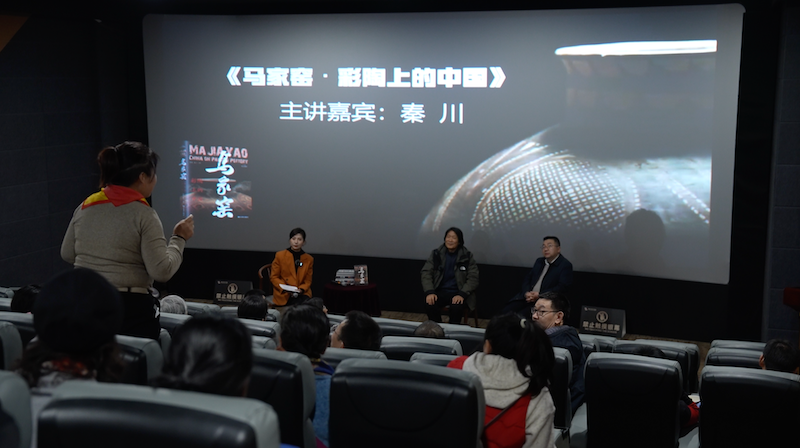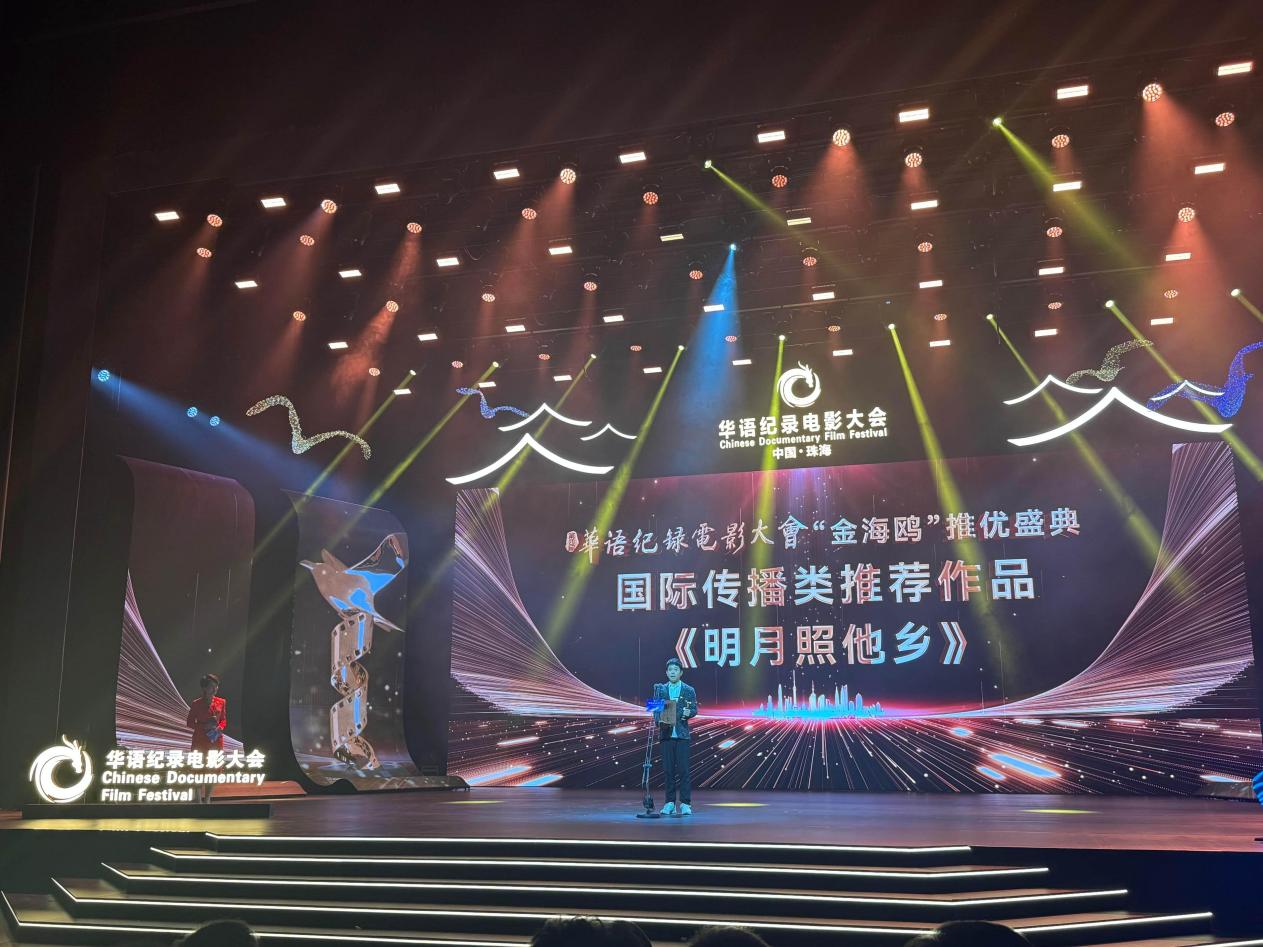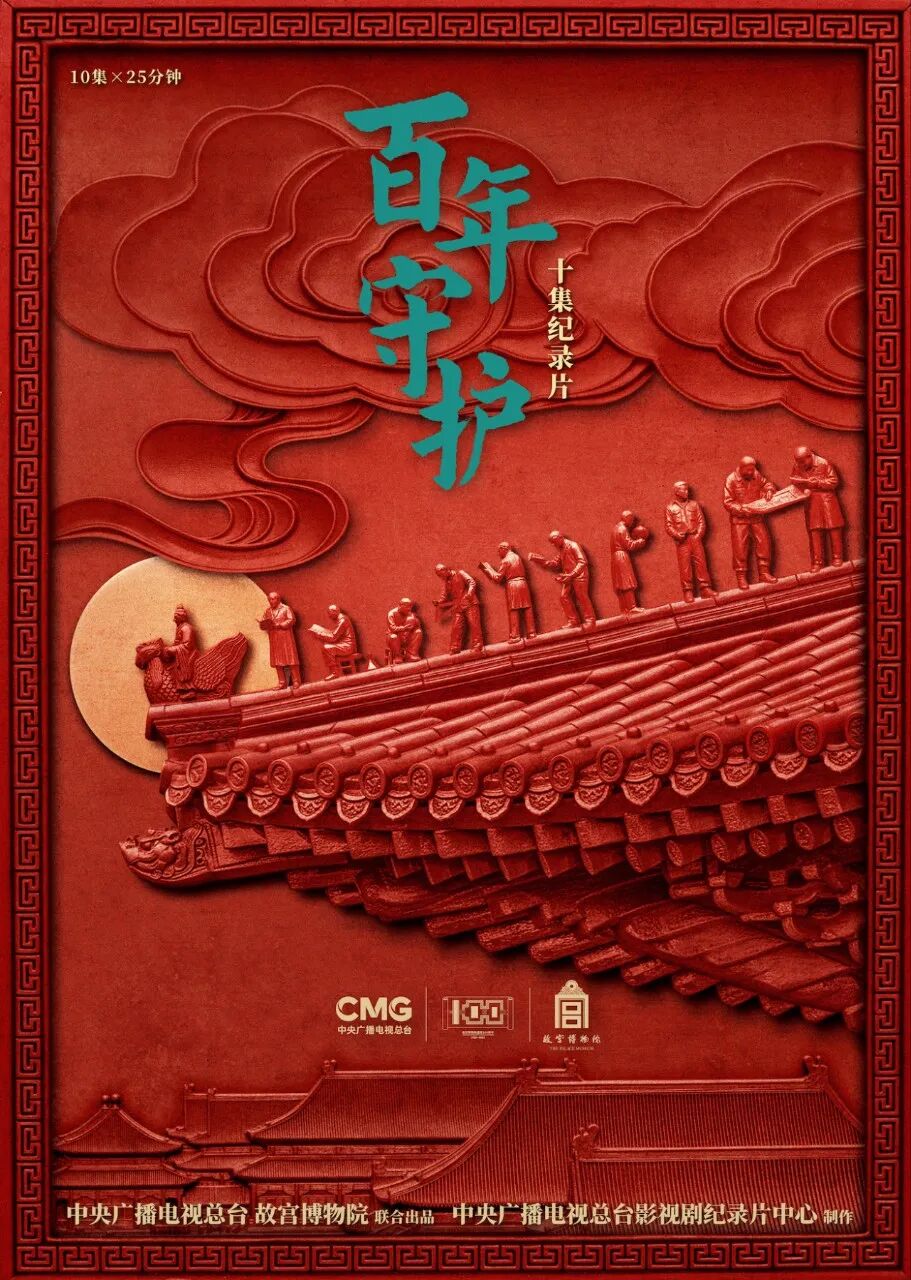
October 10, 2025, marks the 100th anniversary of the founding of the Palace Museum. A ten-episode documentary, "A Century of Guarding," co-produced by China Media Group and the Palace Museum and produced by the CCTV Documentary Center, premiered on October 9 and 10 at 6:20 PM on CCTV-1 and 7:27 PM on CCTV-9.

A Hundred Years of Guardianship
Over the past 100 years, the Forbidden City, the world's largest and best-preserved ancient wooden structure complex, has not only completed its transformation from an imperial palace to a people's museum, but has also made a major leap towards becoming a world-class museum, becoming an important carrier of Chinese civilization and a unique platform for cultural and artistic exchanges.
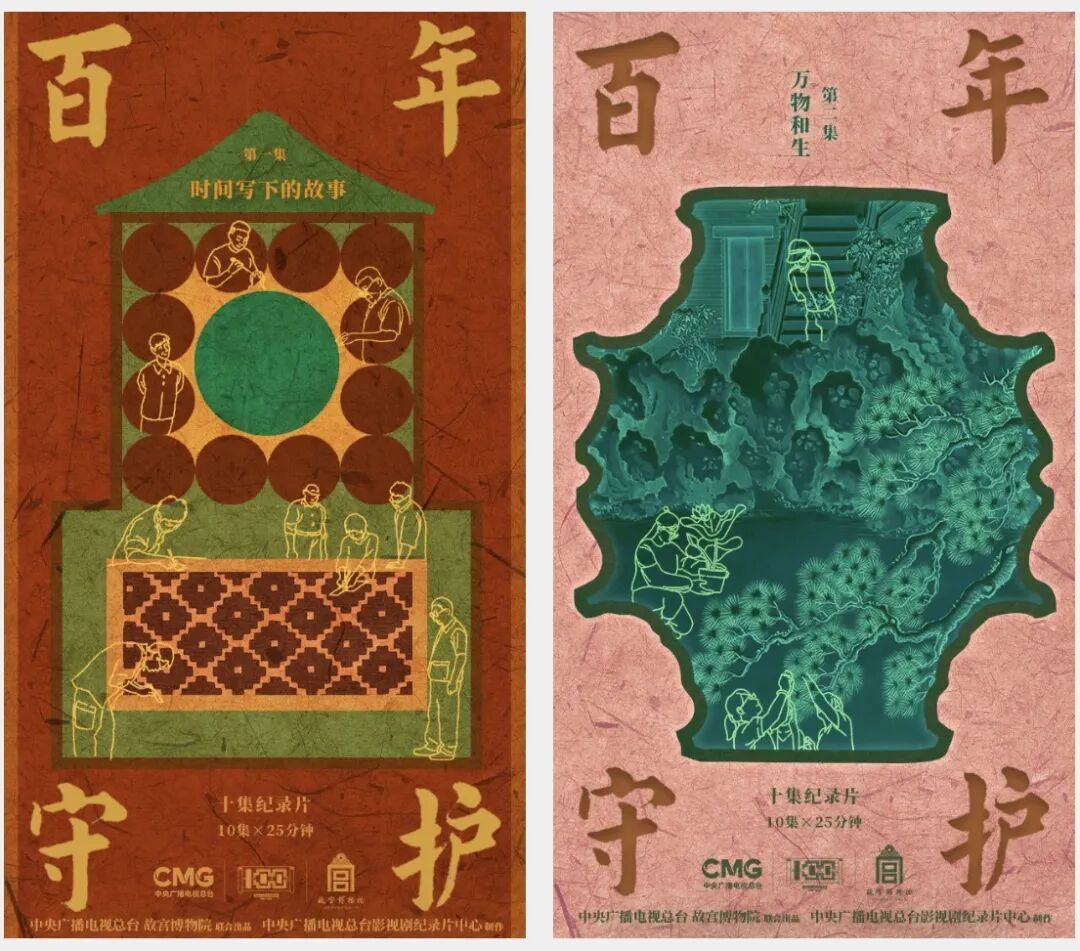
A Hundred Years of Guardianship
Rewind the clock over 600 years. In 1420, the Forbidden City was completed. For nearly 500 years thereafter, it remained the most important center of power. Emperors, ministers, servants, envoys, and craftsmen came and went here, witnessing the rise and fall of dynasties through nearly 180,000 sunrises and sunsets. As long as there was relative stability, Chinese imperial families throughout history maintained a tradition of collecting artifacts. Therefore, when the Forbidden City became the Palace Museum 100 years ago, in 1925, some artifacts were lost due to the changing times, but the basic structure of the imperial palace, including its architecture, palace supplies, artifacts, tributes, and royal collections, remained largely preserved.
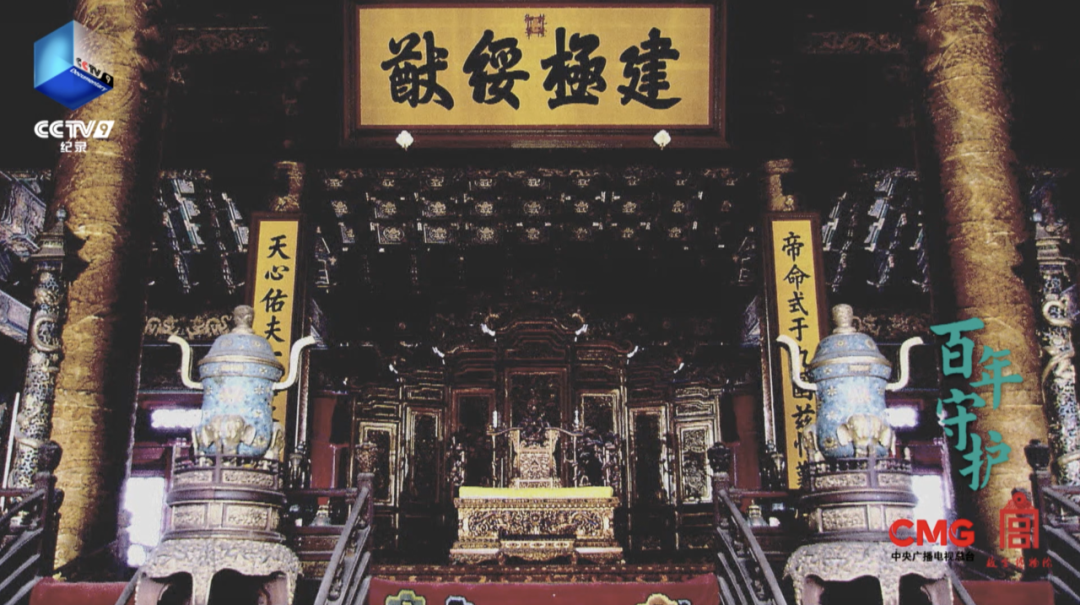
A Hundred Years of Guardianship
Undoubtedly, the Forbidden City embodies the finest and most outstanding achievements of ancient Chinese material and spiritual culture, and is the most intuitive crystallization of China's long history and cultural traditions accessible to Chinese people today. From the first inventory of the Forbidden City's artifacts, generations have perpetuated the philosophy of "transforming private property into public property," upholding the principle of openness.
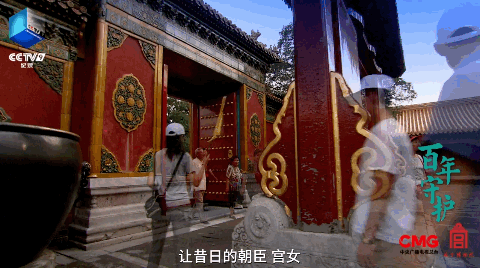
A Hundred Years of Guardianship
On the 80th anniversary of the founding of the Forbidden City in 2005, CCTV launched China's first high-definition documentary "The Forbidden City", which reshaped the audio-visual narrative paradigm with an epic image; afterwards, the 100-episode short film series "The Forbidden City 100" pioneered a new form of humanistic film dissemination; in 2015, on the 90th anniversary of the founding of the Forbidden City, "I Repair Cultural Relics in the Forbidden City" went viral with the stories of the guardians of the Forbidden City in the new era; on the 600th anniversary of the construction of the Forbidden City, we revisit "I Have Been in the Forbidden City for 600 Years".
This year marks the 100th anniversary of the founding of the Palace Museum. A Century of Guarding will continue to tell the stories of the guardians of the Palace Museum and those stories that should be remembered during the 100th anniversary.

Documentaries about the Forbidden City
The century-old Palace Museum hides too many "firsts" hidden in time:
For the first time, we went deep into the mysterious original display and dust removal site of the Hall of Supreme Harmony↓
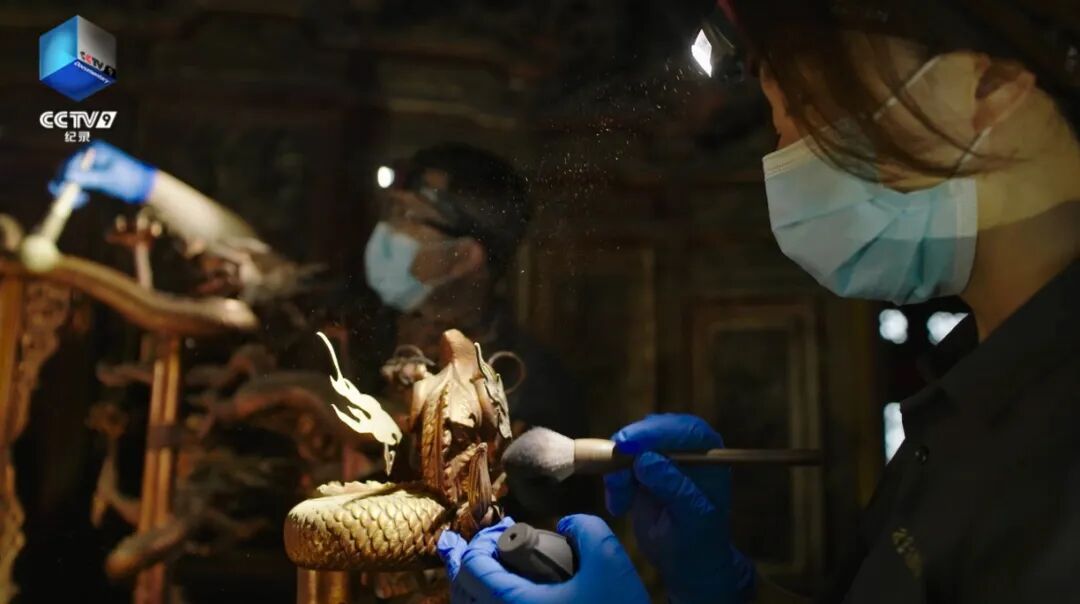
My first time following the Palace Museum Security Department on a night patrol of the Forbidden City↓
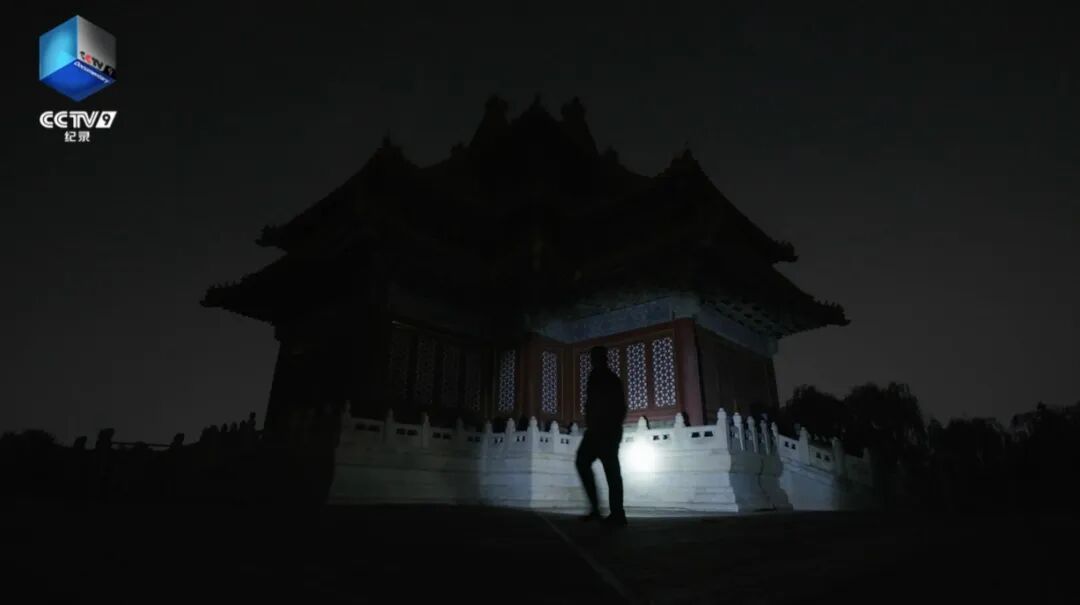
For the first time, we delved into the Forbidden City's mysterious underground drainage system to find out the secret of why water hasn't accumulated there for 600 years↓
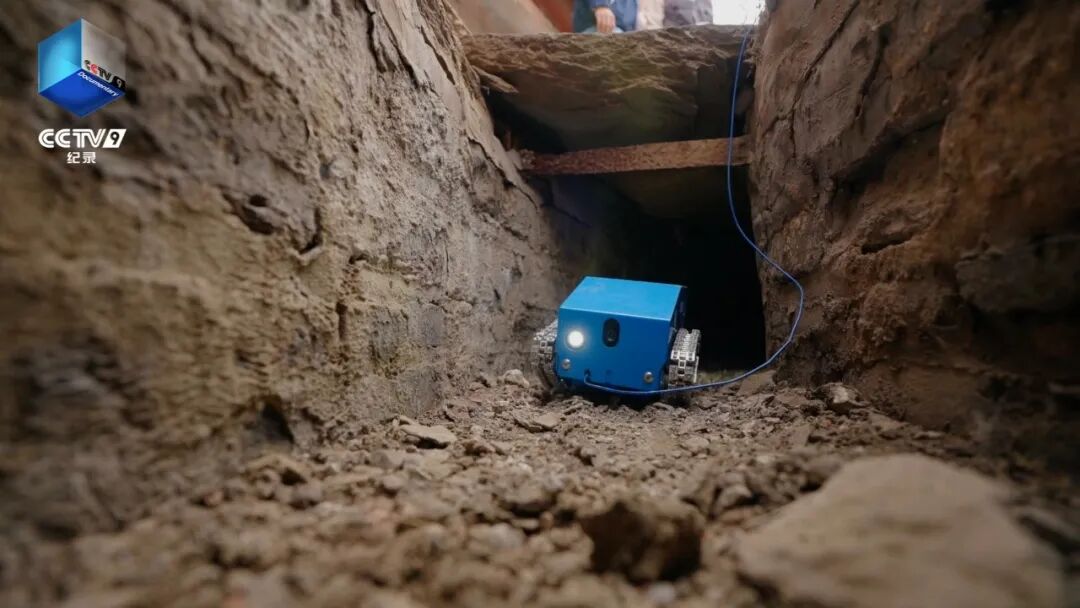
For the first time, the only remaining "antique wall" from the Yongzheng era has been unearthed.
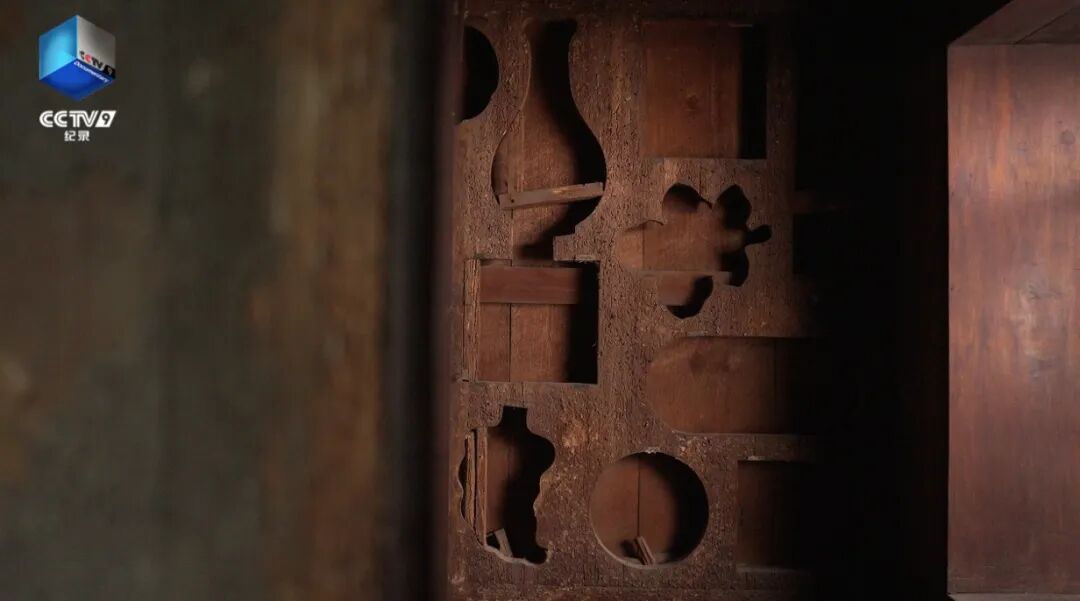
For the first time, 14 copper coins from the Hall of Mental Cultivation traveled to Xinjiang.
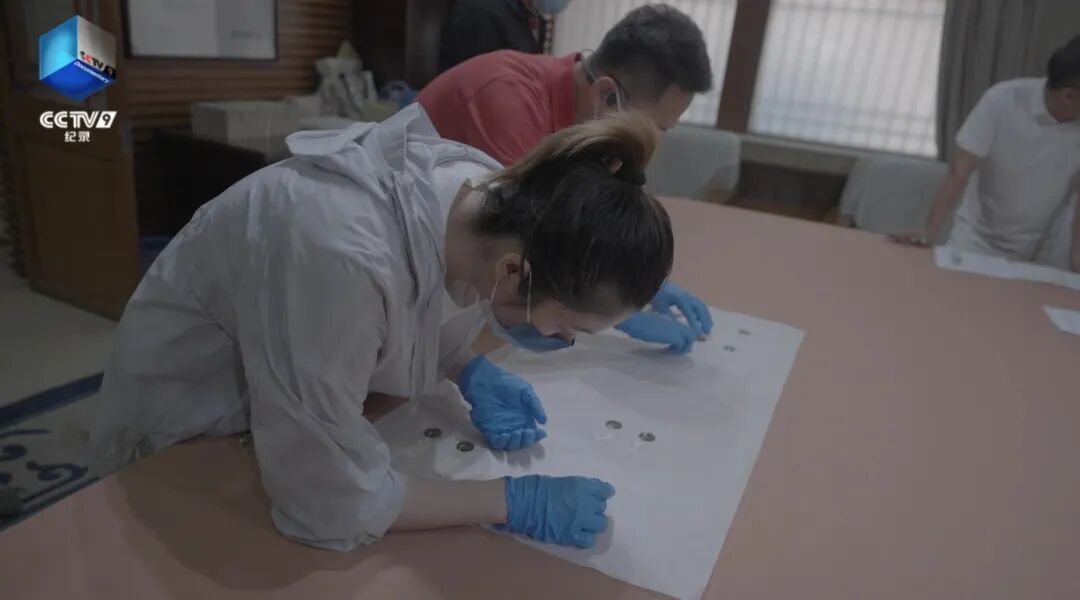
For the first time, the appearance of Sanxiting Hall as it was thirty years before Emperor Qianlong's reign was recreated in digital 3D form↓
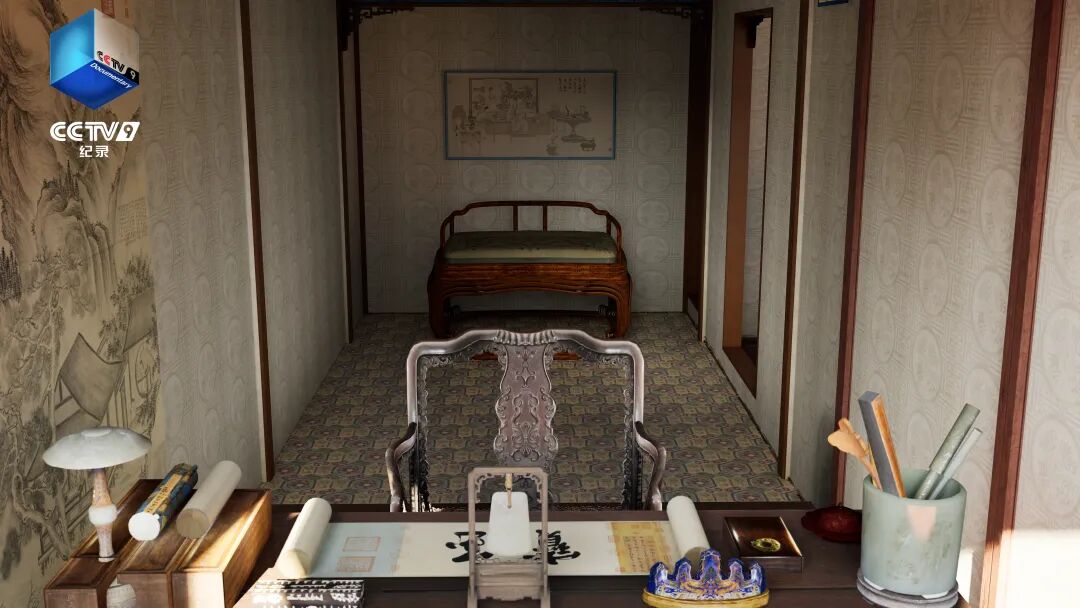
The Qianlong Garden, which occupies only 0.5% of the Forbidden City, houses 27 buildings, 1,200 precious cultural relics, and even the structural secrets of golden nanmu wood are hidden beneath the floor tiles.
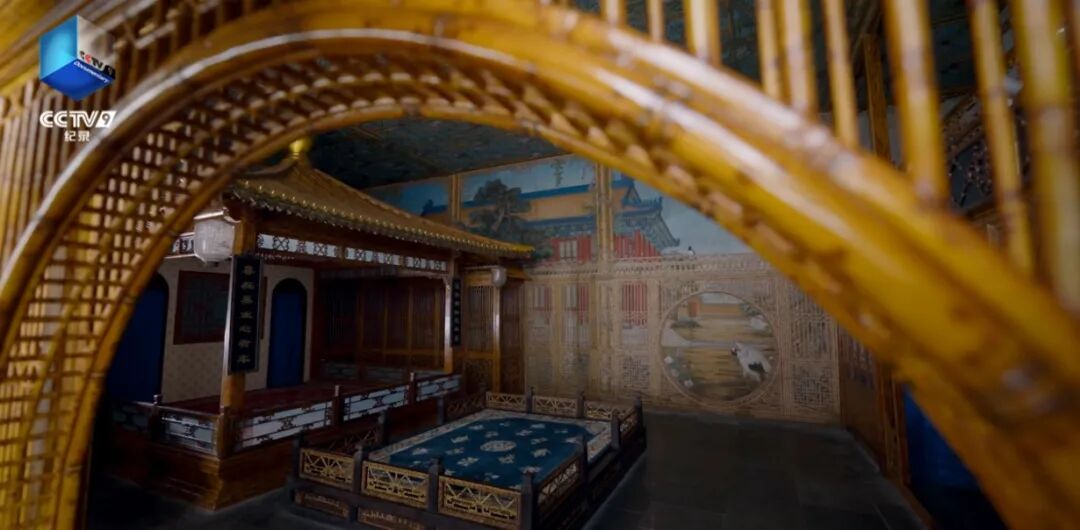
This time, the documentary team's perspective broadened, reaching beyond the lofty, expansive halls of the Palace Museum to witness a rich and unique natural world. From the most advanced intelligent detection to the most traditional patrols and inspections, from the most gentle biological weapons to the most rational local ecological restoration, behind the harmony of all things lies a miracle that has been diligently protected by generations for over 600 years.
From a longer perspective, the documentary will lead the audience to follow the footsteps of the cultural relics that moved south: from the exhibition sites in Shanghai, London, and Nanjing in the 1930s that were not well known to the public, to the glorious return of the Palace Museum's Cultural Relics Southward Migration Memorial Exhibition. Behind the journey and return of more than 80 national treasures that moved south is the stubbornness and perseverance of their guardians from generation to generation, and it is also a window to showcase China's prosperity and progress in the new era.
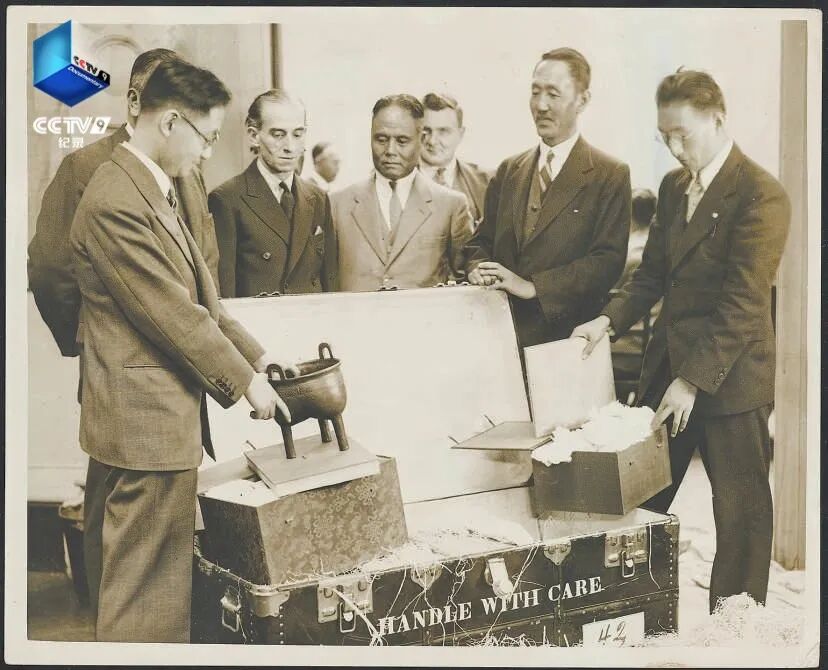
The solemn presiding officer of the London Art Exhibition Closing Ceremony (first from left)
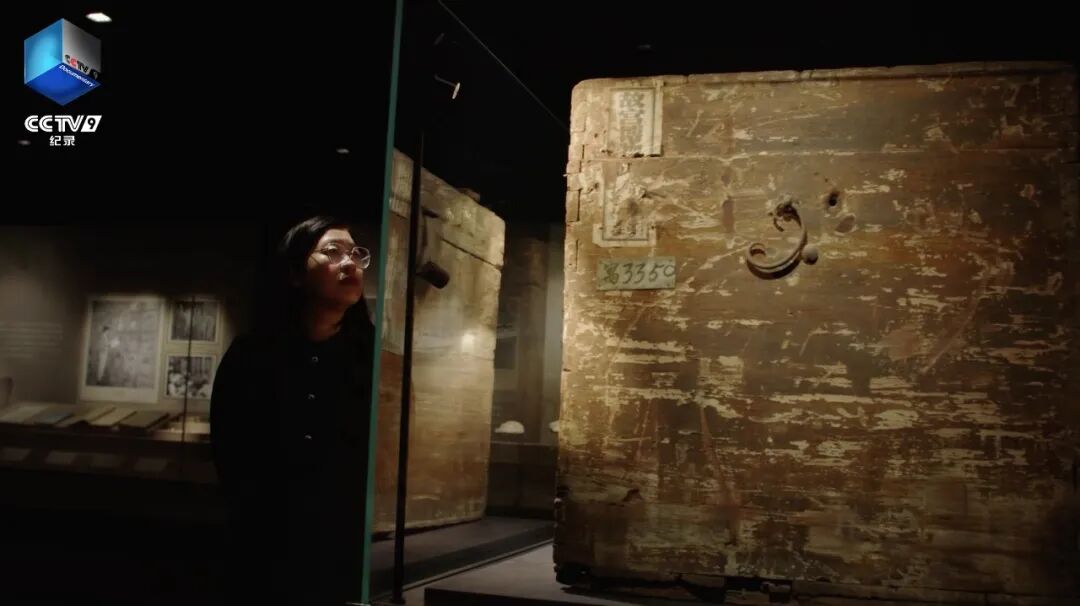
The cultural relics box moved southwards is placed on the Shenwu Gate again
The documentary goes beyond simply commemorating the Palace Museum's 100th anniversary. Using the Forbidden City as a starting point, it explores the roots of China's fine traditional culture from the perspective of a community with a shared future for mankind. It leads viewers to understand what kind of museum the Forbidden City is today.
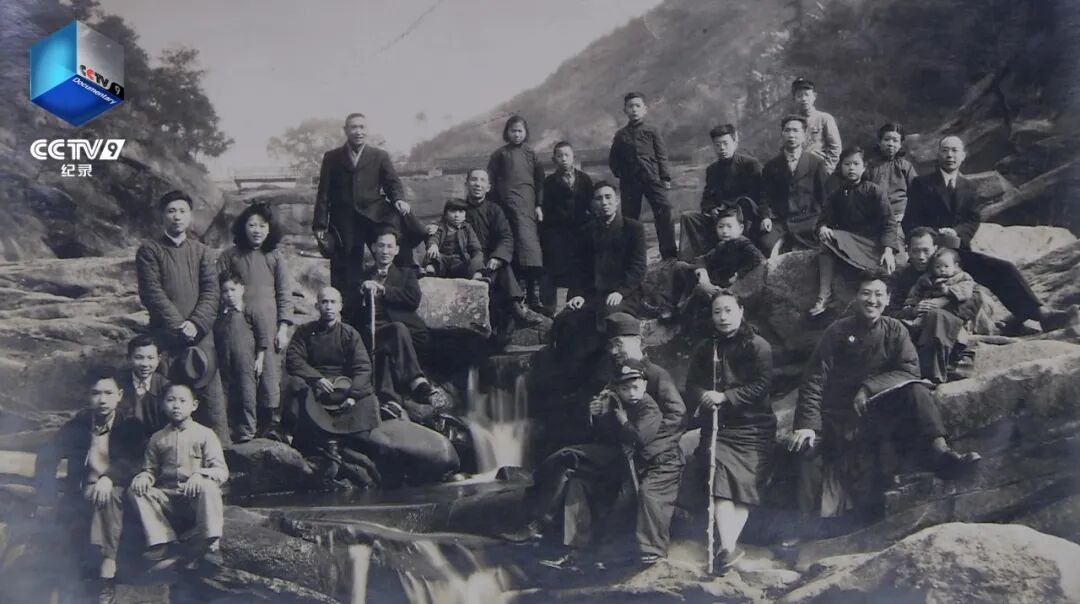
Group photo of the Palace Museum treasure protection team and their families
